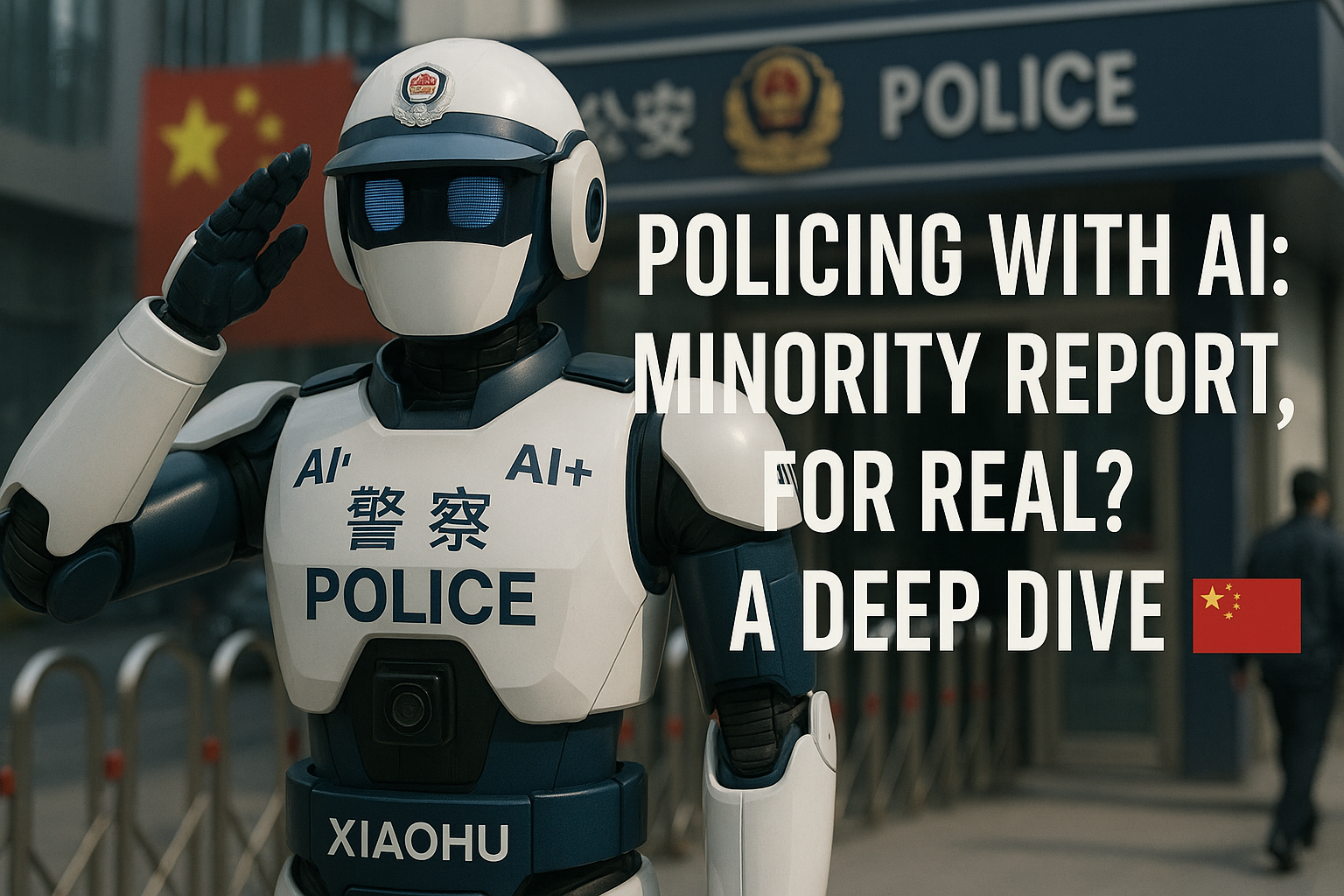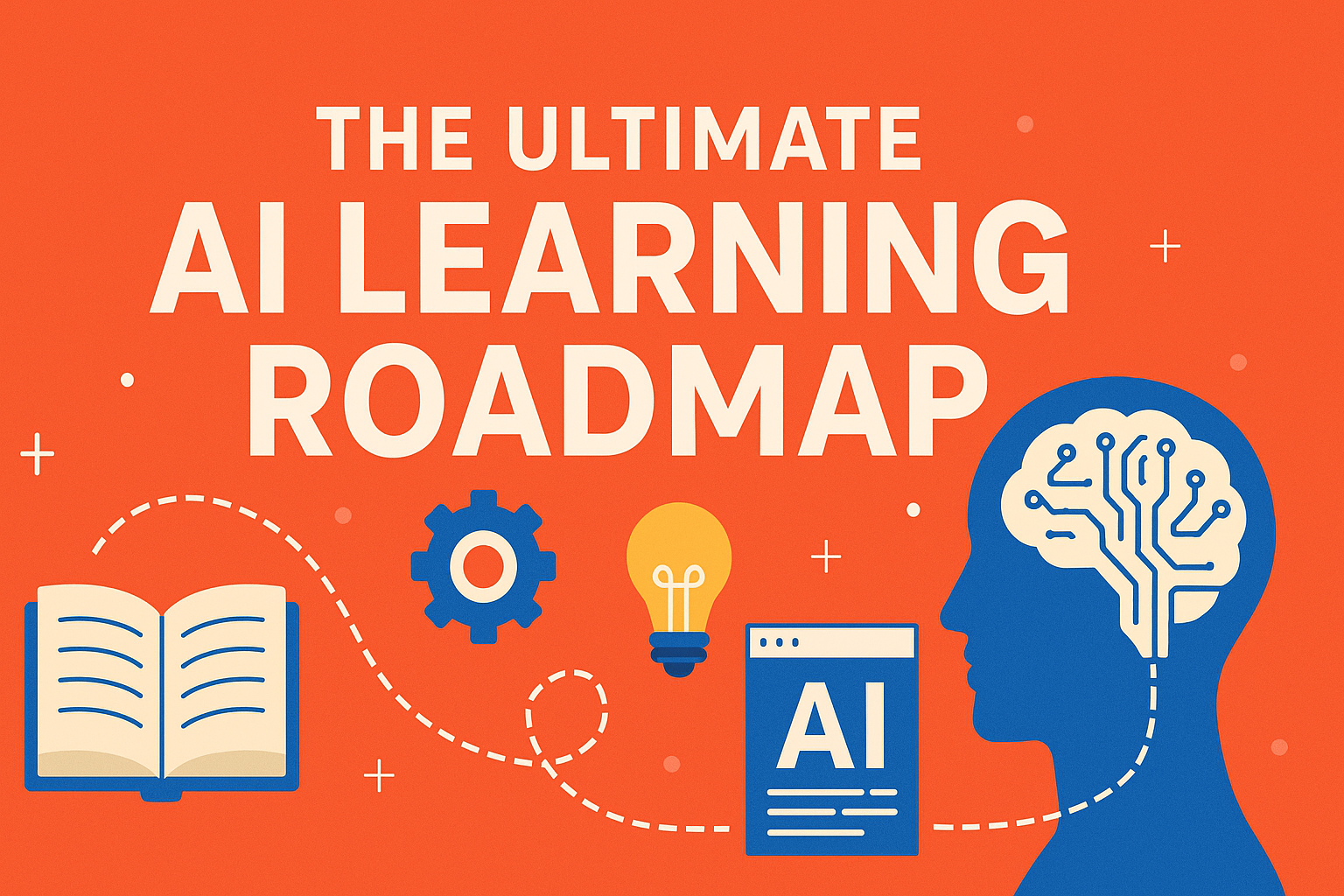Introduction
Artificial intelligence is fast becoming integral to modern law enforcement—from facial recognition cameras in urban centers to predictive policing algorithms that forecast “crime hotspots.” Yet these tools carry grave ethical risks, especially for marginalized communities. As MIT researcher Joy Buolamwini warns, “We are handing over life‑altering decisions to black‑box algorithms. That should terrify us.” Doha Debates

Predictive Policing: Efficiency vs. Entrenched Bias
Predictive policing tools promise reductions in crime—some studies estimate a 30–40% drop in urban crime and up to one-third faster emergency response times. CIGI However, critics point out that because these models are trained on historical arrest data, they simply reinforce over‑policing of minority neighborhoods. Recent research shows these systems often create feedback loops: police patrol areas with more data → more arrests → more algorithmic alerts. MIT News
In the U.S., algorithms like PredPol or HunchLab have repeatedly been shown to concentrate patrols in historically over‑surveilled, low‑income communities—rather than reflecting true crime risk.

Facial Recognition: Misidentification and Disparate Impact
Algorithms from Amazon Rekognition, Microsoft, IBM, and Chinese firms are used to identify suspects and scan crowds. Yet performance evaluations repeatedly show error rates up to 35% for darker‑skinned women—versus under 1% for lighter‑skinned men. MIT News Buolamwini’s Gender Shades study demonstrated these disparities and spurred ethics reforms in major tech companies. Wikipedia
The U.S. Commission on Civil Rights in 2024 confirmed that facial recognition systems have lower accuracy for people of color and women, potentially leading to wrongful arrests. The New Yorker Wrongful arrests of Black men resulting from misidentification have been widely documented, raising serious questions about deploying such tools without transparency or oversight.

Global Approaches: United States, Europe, UK, and China
🇺🇸 United States
Law enforcement agencies use tools like Amazon Rekognition and Clearview AI—even in some airports—to scan against driver‑license or travel ID databases. Amazon Rekognition falsely matched 28 members of Congress in one test, prompting 25 lawmakers to demand stricter oversight. Wikipedia Clearview AI has faced litigation and bans under US, EU, and Canadian data‑privacy laws .Wikipedia
Several U.S. cities (e.g. San Francisco, Oakland, Somerville) have banned local government use of facial recognition. Meanwhile, federal oversight remains minimal and fragmented.
🇪🇺 European Union & UK
The European Commission has designated facial recognition in policing as a high-risk AI under the EU AI Act, enacted in 2024, requiring transparency, risk assessments, and limits on public space use. TS2 Space The UK’s Metropolitan Police recently announced plans to more than double live facial recognition deployments—from four times a week to ten times across five days—despite civil‑liberties concerns. The Guardian Liberty and other rights groups warn of inadequate regulation and oversight in these expansions.
🇨🇳 China
China has built perhaps the world’s most extensive AI surveillance system. Its “Skynet” initiative launched in 2005; by 2018 it included 20 million cameras, and by 2023 over 700 million—one camera for every two citizens. Wikipedia The New Yorker The government uses facial recognition systems—like Yitu’s Dragonfly Eye, SenseTime, Megvii and Huawei technologies—to monitor citizens in real time, especially targeting ethnic minorities in Xinjiang. Wikipedia Wikipedia Wikipedia Big Data China Human Rights Watch The New Yorker
Investigations revealed test deployments of a so‑called “Uyghur alarm” by Huawei in collaboration with Megvii—which flagged individuals based on ethnicity—a revelation that spurred U.S. sanctions. WIRED Vanity Fair Human Rights Watch The Integrated Joint Operations Platform (IJOP) aggregates biometric, travel, and social media data to surveil and detain Uyghurs and Kazakhs in Xinjiang. Human Rights Watch Wikipedia In Shanghai, humanoid robot officers—like “Xiao Hu”—are being piloted to direct traffic, marking further automation of public authorities. New York Post
China’s Personal Information Protection Law (PIPL), enacted in 2021, nominally regulates biometrics, automated decisions, and data privacy. However, enforcement is lax when tools serve state interests; surveillance systems benefit from asymmetric regulation—stronger in the commercial sector but weaker in government use. Wikipedia arXiv arXiv

Voices from Advocates & Experts
Joy Buolamwini, founder of Algorithmic Justice League, emphasizes the need for accountability and transparency:
“We risk perpetuating inequality in the guise of machine neutrality if we’re not paying attention.” MIT News
She also testified before U.S. Congress, urging regulation of facial recognition and biometric tools. MIT News
Other critics—such as Timnit Gebru and Cathy O’Neil—have highlighted how opaque algorithms can institutionalize bias. Wikipedia Elizabeth O’Neil in Weapons of Math Destruction and others have warned how algorithmic systems often mirror and magnify existing inequalities. Wikipedia

The China Deep Dive: Surveillance, Scale, and Control
China’s approach is defined by scale, state coordination, and ethnic surveillance.
- Skynet cameras across the nation feed facial-recognition models.
- IJOP aggregates biometric, travel, health, and activity data to control dissent. Human Rights Watch Wikipedia
- Uyghur-targeted AI systems—such as the “Uyghur alarm”—detect ethnicity with documented deployment across multiple provinces. WIRED The New Yorker
These systems are backed by a centralized AI and public‑security apparatus that sees surveillance as essential to regime stability. Public debate in China tends to frame FRT as enhancing convenience and safety, from metro entry to digital payments. Government pushback against dissent is harsh. mit-serc.pubpub.org Big Data China Meanwhile, the PIPL’s terms around consent and automated decision‑making protections are nominal—and largely ineffective when law enforcement is involved. Wikipedia arXiv
Comparative Summary Table
| Region | Approach | Regulation & Oversight | Known Issues |
|---|---|---|---|
| U.S. | Predictive policing; facial recognition pilots | Fragmented: city bans; federal patchwork laws | Misidentifications; civil liberties vulnerability |
| EU / UK | High-risk classification; regulated deployments | Strong EU AI Act, GDPR; UK oversight developing | Expansion outpacing regulation (e.g. UK Met) |
| China | Unified state system: cameras, AI, facial ID | PIPL & Cybersecurity Law; loose enforcement for govt | Mass surveillance, ethnic targeting |
Takeaways
AI policing holds promise—but without transparency, fairness, and oversight, it risks automating injustice. Whether in San Francisco, London, or Shanghai, reliance on black‑box systems without accountability can exacerbate racial bias, infringe on due process, and undermine civil liberties.
Buolamwini’s research and activism—calling out “the coded gaze”—remind us that technical fixes alone are insufficient. Societal context, data representation, rights to opt out, and legal protections must all be baked into systems that could decide who gets stopped, watched, or arrested. Wikipedia rewordify.com
Closing Thoughts
Yes, AI is revolutionizing policing. But unless we build systems with transparency, auditability, and robust governance, the dystopian vision of Minority Report edges closer to reality. Empowering advocates like Joy Buolamwini, strengthening global regulations, and centering affected communities are critical steps forward.
-The Man Who Knows Nothing




